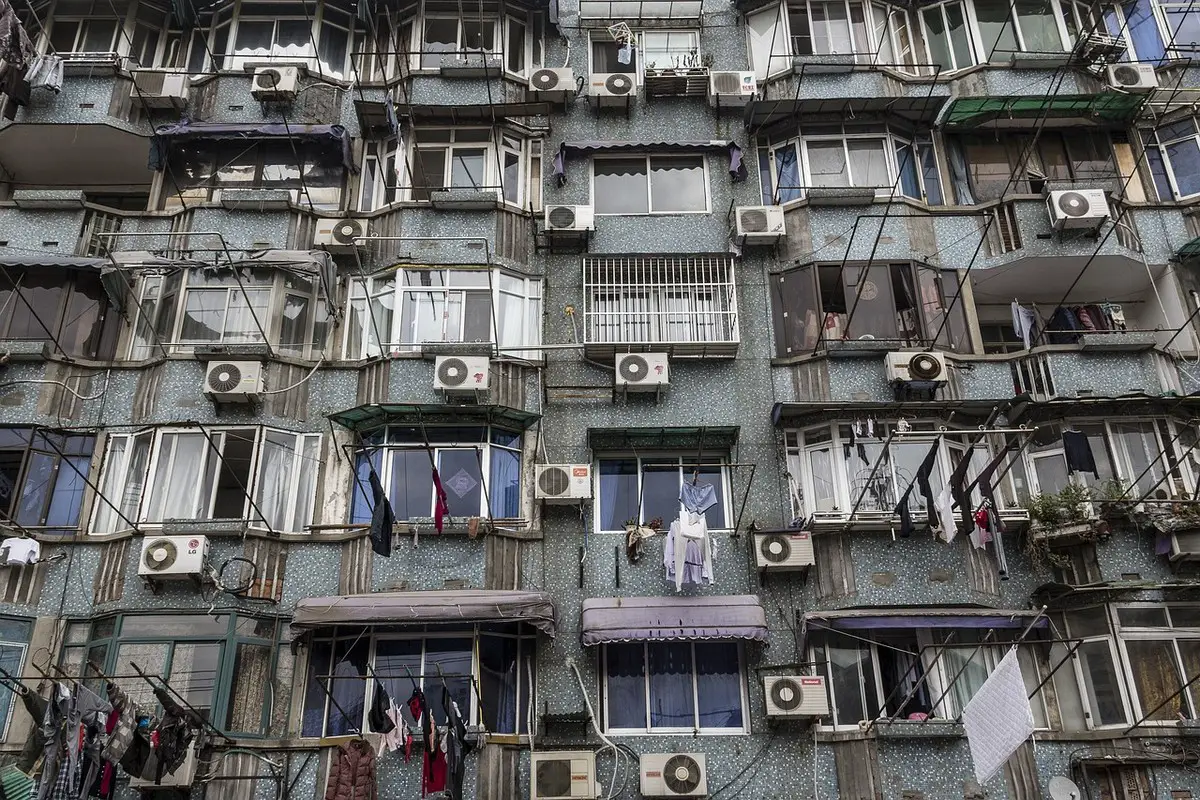Cool connections: Harmonizing commercial refrigeration & air conditioning with architectural design, Home heat
Cool Connections: Harmonizing Commercial Refrigeration & Air Conditioning with Architectural Design
20 March 2024
Introduction: A Seamless Blend of Form and Function
Architectural design is a delicate dance between aesthetics and utility, especially when it comes to integrating commercial refrigeration and air conditioning systems. In this article, we’ll explore how architects collaborate with engineers and refrigeration specialists to seamlessly incorporate cooling solutions into architectural designs, striking a balance between functionality and visual appeal.
Achieving Architectural Harmony
Architects encounter the task of incorporating cooling systems into building designs while maintaining the integrity of their creative vision. By collaborating closely with engineers and refrigeration specialists, like those at g2ref.co.uk, architects can develop inventive solutions that harmonize cooling needs with architectural aesthetics. From concealed refrigeration units to subtly integrated air conditioning vents, innovative design approaches ensure that cooling systems seamlessly blend into the architectural narrative.
Embracing Sustainability: The Green Agenda in Design
Sustainability is a cornerstone of modern architectural design, and the integration of commercial refrigeration and air conditioning systems presents an opportunity to enhance energy efficiency. Architects can specify eco-friendly cooling equipment and incorporate passive cooling techniques like natural ventilation and shading to minimize energy consumption and reduce environmental impact. By prioritizing sustainability, architects can create buildings that are not only comfortable but also environmentally responsible.
Innovations in Cooling Integration
Supermarket Sensibility: In a contemporary supermarket design, architects collaborated with refrigeration specialists to install energy-efficient cooling units that seamlessly blend into the store’s layout. By strategically positioning refrigerated display cases and optimizing airflow, the design enhances product visibility while maintaining optimal temperatures.
Restaurant Revamp: In a restaurant renovation project, architects revamped the dining area while upgrading the air conditioning system to enhance customer comfort. High-efficiency HVAC units were discreetly installed on the rooftop, and ductwork was cleverly concealed within the ceiling to preserve the restaurant’s ambiance.
Office Oasis: In a retrofit of an office building, architects and engineers joined forces to retrofit the existing HVAC system with smart thermostats and zone controls. This centralized control system allows tenants to customize workspace temperatures while optimizing energy usage across the building.
Conclusion: Crafting Cool Spaces Through Collaboration
In conclusion, the integration of commercial refrigeration and air conditioning solutions into architectural designs demands close collaboration between architects, engineers, and refrigeration specialists. Through innovative design strategies and a commitment to sustainability, these professionals can create commercial spaces that are not only cool and comfortable but also visually stunning and environmentally friendly.
Comments on this Cool Connections: Harmonizing Commercial Refrigeration & Air Conditioning with Architectural Design article are welcome.
HVAC – Air Conditioners
Air Conditioners Posts
Why Rely On Professionals For Air Conditioning, Heating, HVAC

HVAC Systems in Modern Architecture
5 great advice from top rated HVAC contractor
Buildings
Residential Architecture Articles
Comments / photos for the Cool Connections: Harmonizing Commercial Refrigeration & Air Conditioning with Architectural Design – Buildings Temperature Control page welcome




